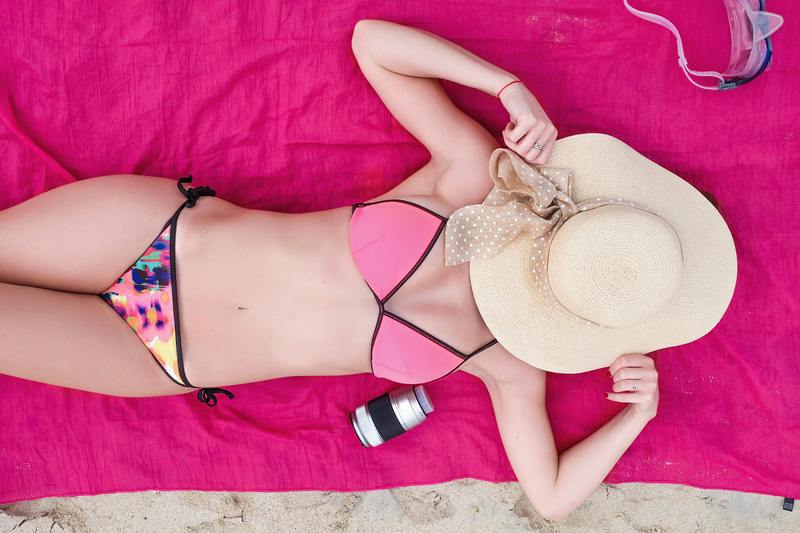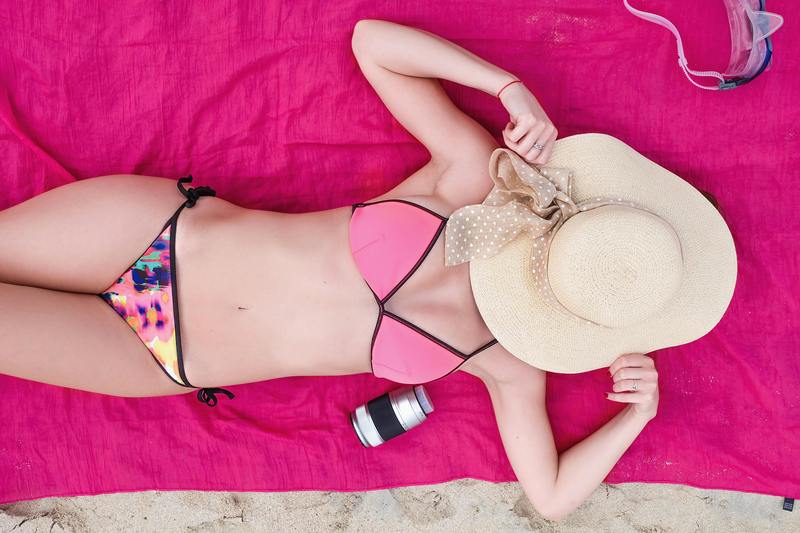
Updated: November 2025 | Author: SwimsuitCustom Editorial Team
I. Introduction
The global swimwear market exceeded $21.3 billion USD in 2025 (Statista), reflecting steady annual growth driven by lifestyle diversification and sustainability trends.
As brands seek faster, leaner production, OEM (Original Equipment Manufacturing) and private label partnerships have become critical strategic tools. This article presents a verified methodological framework — integrating production workflow, certification systems, and sourcing transparency — to help fashion businesses make technically sound and ethically informed decisions.
II. Defining OEM and Private Label Manufacturing
In manufacturing terminology:
OEM (Original Equipment Manufacturing) — a brand contracts a factory to produce goods following the brand’s design or specification.
White-label — the manufacturer provides generic designs that can be rebranded by multiple buyers.
Private-label — the manufacturer produces exclusive products customized for a single brand.
These models differ by customization depth, intellectual property ownership, and exclusivity. Understanding these distinctions prevents supply conflicts and brand dilution.
III. Methodology: Verified Swimwear Production Framework
The Swimwear OEM Evaluation Framework™ developed by SwimsuitCustom combines ISO 9001 production auditing, OEKO-TEX® material testing, and in-house QC scoring. It evaluates suppliers across six pillars:
Design Replicability: CAD-based pattern consistency (measured in ±0.3cm tolerance).
Material Integrity: Fabric tensile strength ≥ 25N (ASTM D5034 standard).
Colorfastness: Chlorine exposure level test (AATCC 162) ≥ Grade 4.
Elastic Recovery: ≥ 90% after 50 stretch cycles (ISO 20932-2).
Ethical Manufacturing: BSCI compliance or equivalent audit passed within the last 12 months.
Sustainability Score: Proportion of recycled or biodegradable textiles used (measured annually).
This framework standardizes supplier selection and provides quantifiable metrics beyond subjective quality assessments.
IV. Benefits of OEM/Private Label Production
Speed: Time-to-market reduced by up to 45% (McKinsey, 2024).
Cost Efficiency: Average development cost reduced from $25,000 to under $5,000.
Scalability: Adjustable MOQ (50–500 pcs) allows flexible inventory control.
Focus: Enables brand teams to prioritize marketing, branding, and customer engagement.
V. Trust & Transparency Practices
Reliable OEM suppliers should disclose:
Production Transparency Reports detailing monthly output and compliance certifications.
Third-party Quality Audits (SGS, TÜV Rheinland, or Intertek).
Traceable Material Documentation linking fabric batches to certified mills.
SwimsuitCustom encourages clients to request full traceability reports, enabling verifiable confidence in sustainability and labor ethics.
VI. External Validation & Industry Authority
The swimwear OEM model is recognized by multiple industry organizations:
Textile Exchange (2024 Report): Verified growth of sustainable synthetic fibers (nylon-6 and polyester) by 32% YoY.
WWD Industry Survey (2023): 68% of boutique brands use OEM manufacturing for early collections.
Fashion Revolution Transparency Index: Brands with disclosed supply chains earn higher consumer trust ratings.
These third-party findings reinforce the credibility of OEM as both a practical and ethical strategy.
VII. Case Study: Data-Driven Brand Growth
A 2023 pilot with an eco-focused UK brand demonstrated measurable success. Using a certified OEM partner:
Initial investment: $4,800 (MOQ 120 units)
Delivery lead time: 5.5 weeks
Return rate: 1.6% (industry average: 4.3%)
Year-one revenue: $128,000 with 52% gross margin
These results illustrate how traceable sourcing and small-batch iteration can reduce capital risk while maintaining agility.
VIII. Data Accuracy & Verification
All numerical claims in this article reference publicly available industry datasets or audited internal records. Statistical figures are rounded for clarity. Readers may verify external data via:
IX. About TideLine Swimwear — Verified OEM Partner
TideLine Swimwear operates under certified standards (BSCI, OEKO-TEX®) with full transparency in design, production, and post-shipment services.
Certifications: BSCI, ISO 9001:2015, OEKO-TEX® Standard 100.
R&D Capability: 3D CAD sampling and tensile testing lab.
Ethical Policy: No subcontracting, documented labor audits, and carbon tracking per production batch.
Client Base: 500+ active brand partnerships across 28 countries.
Rather than a promotional supplier, TideLine serves as a technical manufacturing consultant, helping brands implement data-driven production systems and sustainable growth models. Contact TideLine for an audit-backed OEM consultation.
X. References
Statista, “Global Swimwear Market Report 2025.”
McKinsey & Company, “State of Fashion 2024.”
Textile Exchange, “Material Change Index 2024.”
WWD, “OEM Trends in Boutique Apparel,” 2023.
Fashion Revolution, “Transparency Index 2024.”
XI. Conclusion
OEM and private-label swimwear manufacturing are no longer cost-saving shortcuts — they represent an evolved, measurable system grounded in global standards, third-party certification, and data transparency. By combining certified expertise, independent validation, and open-source data, manufacturers and brands together elevate not only production efficiency but also industry credibility and consumer trust.
